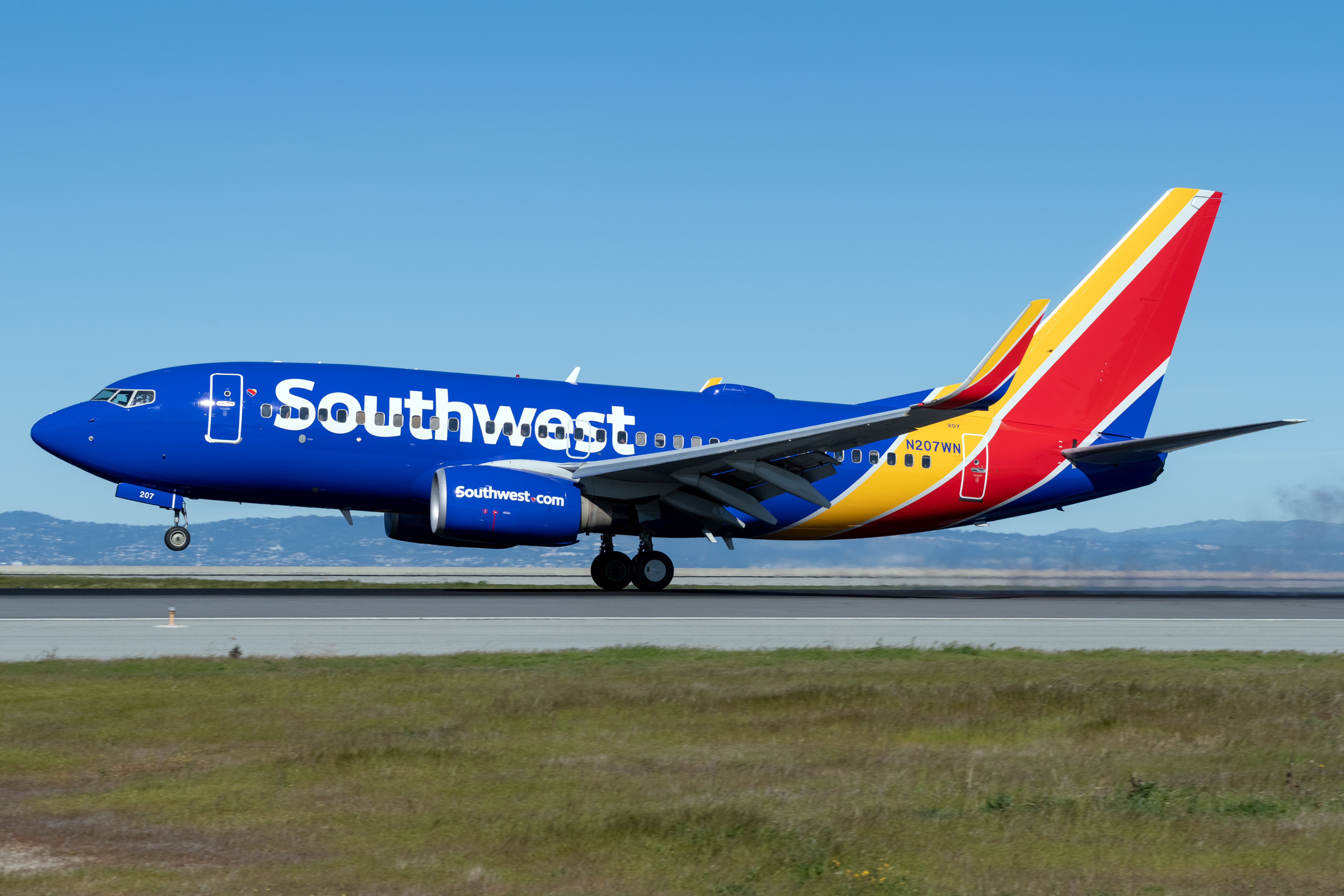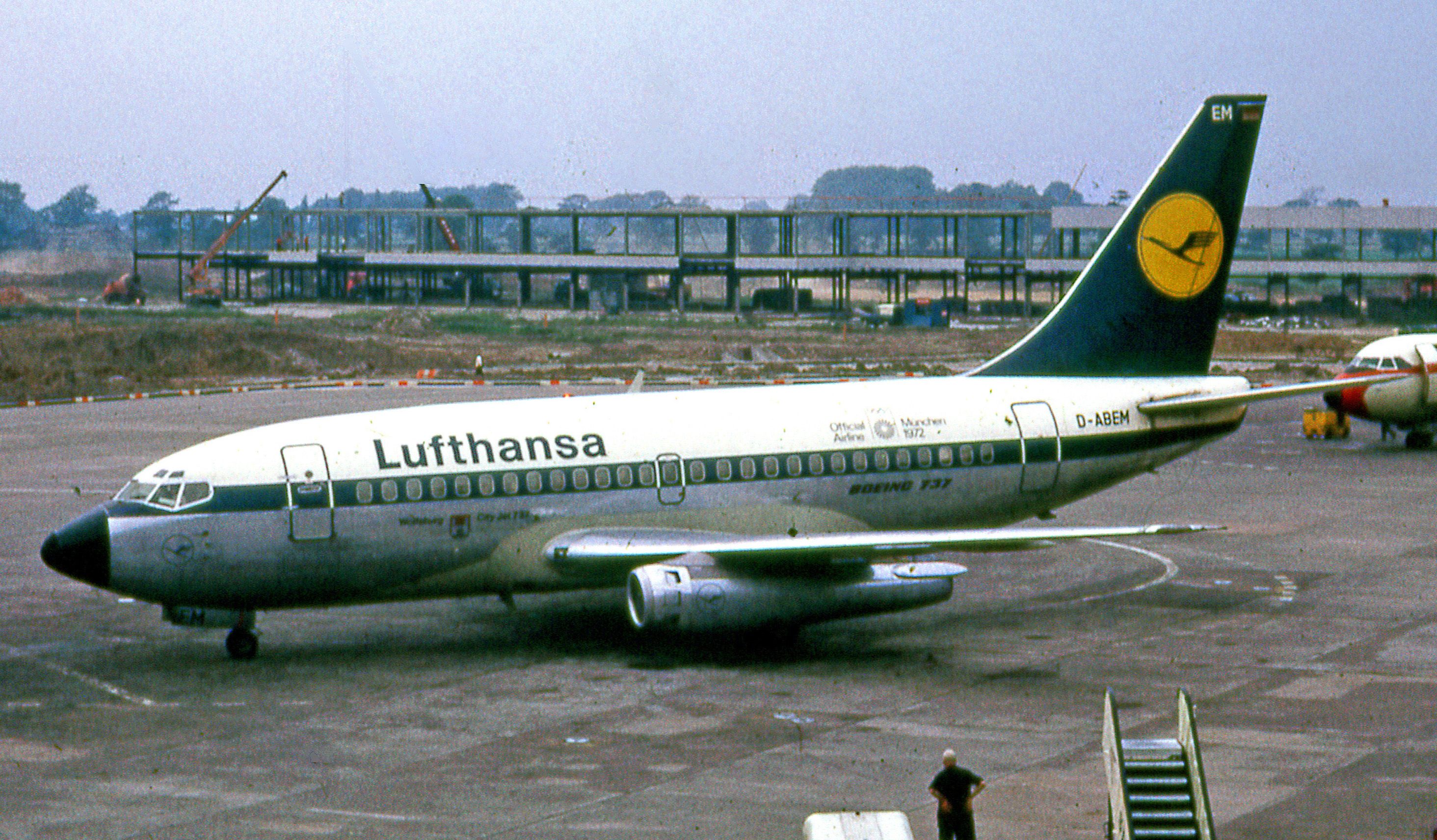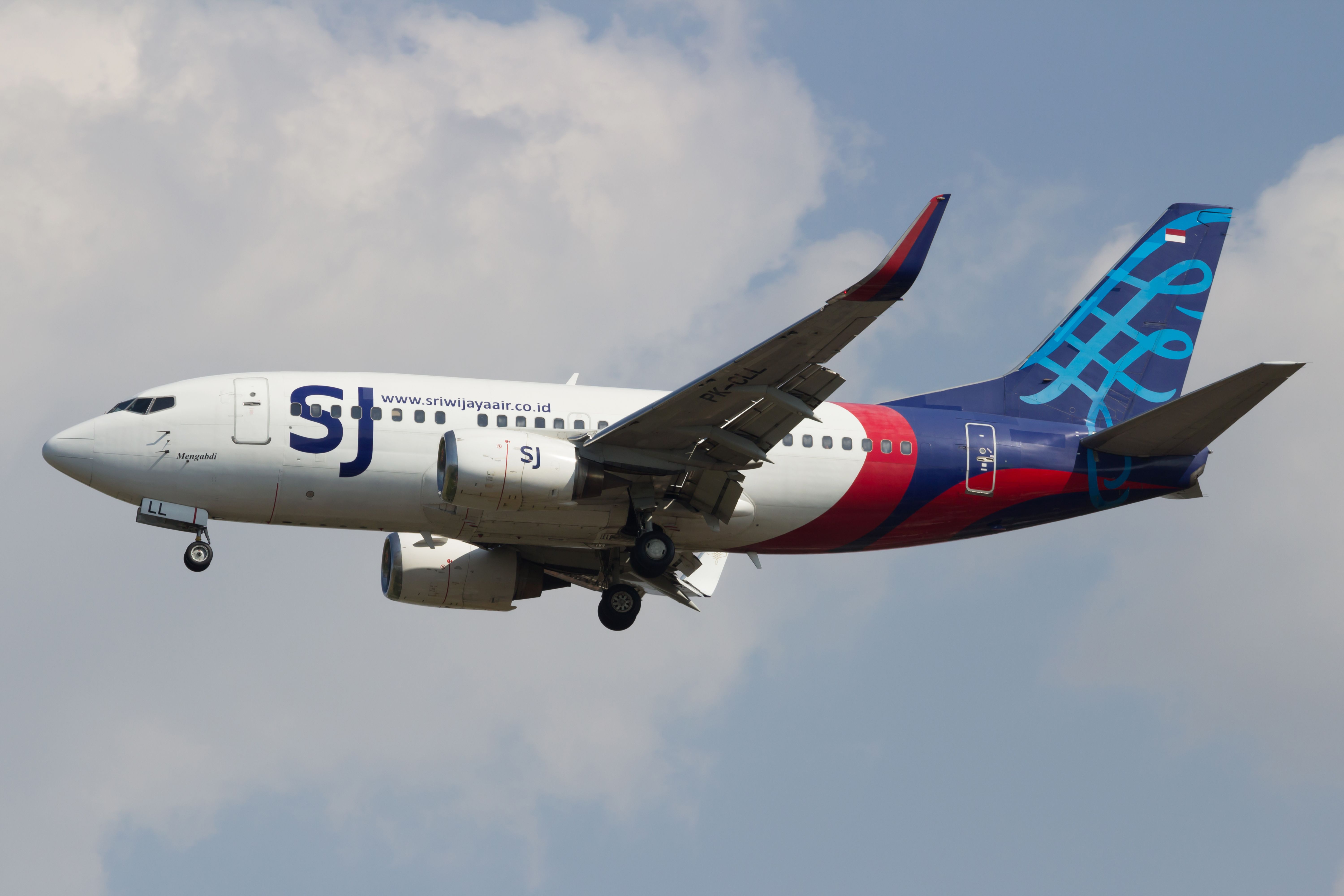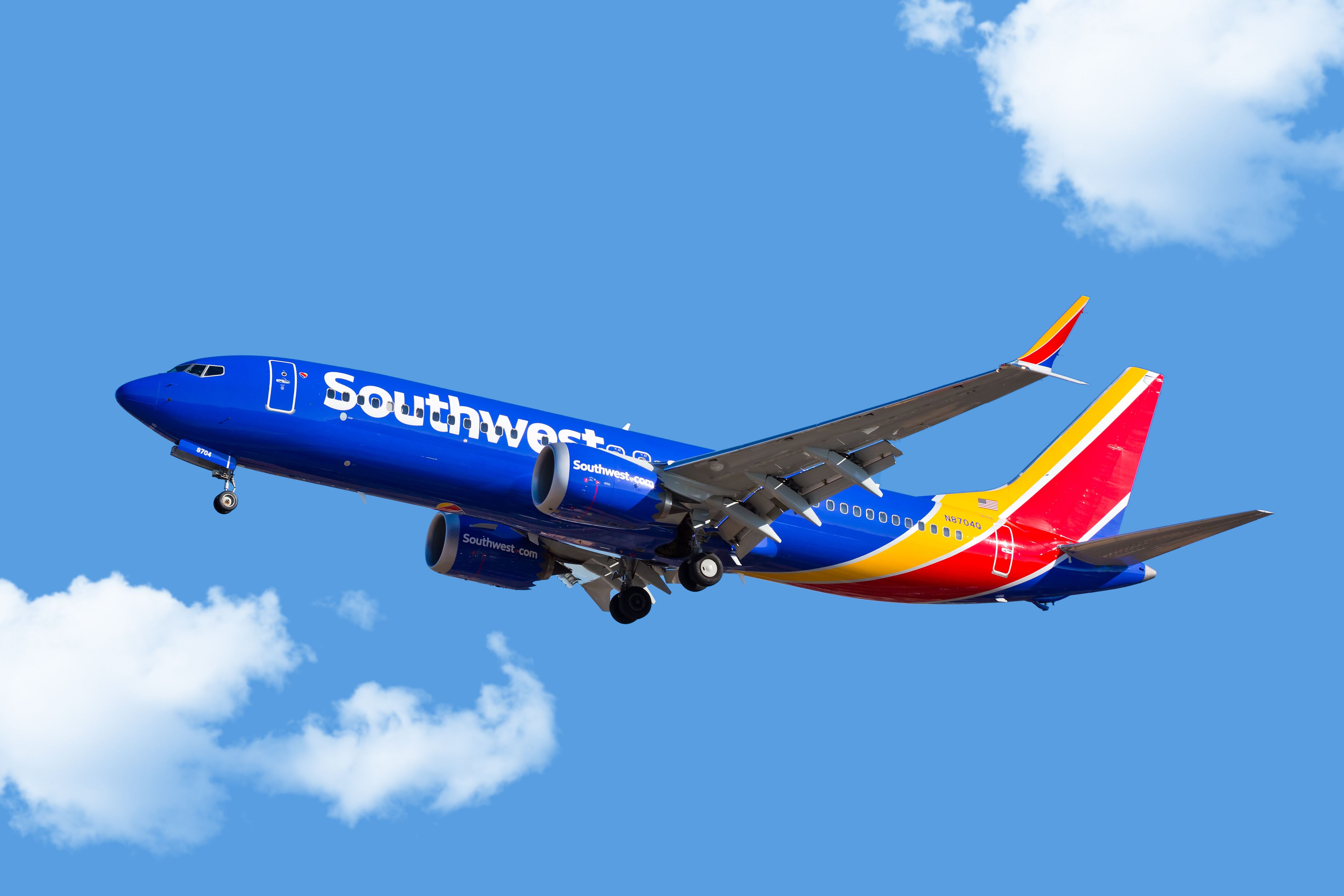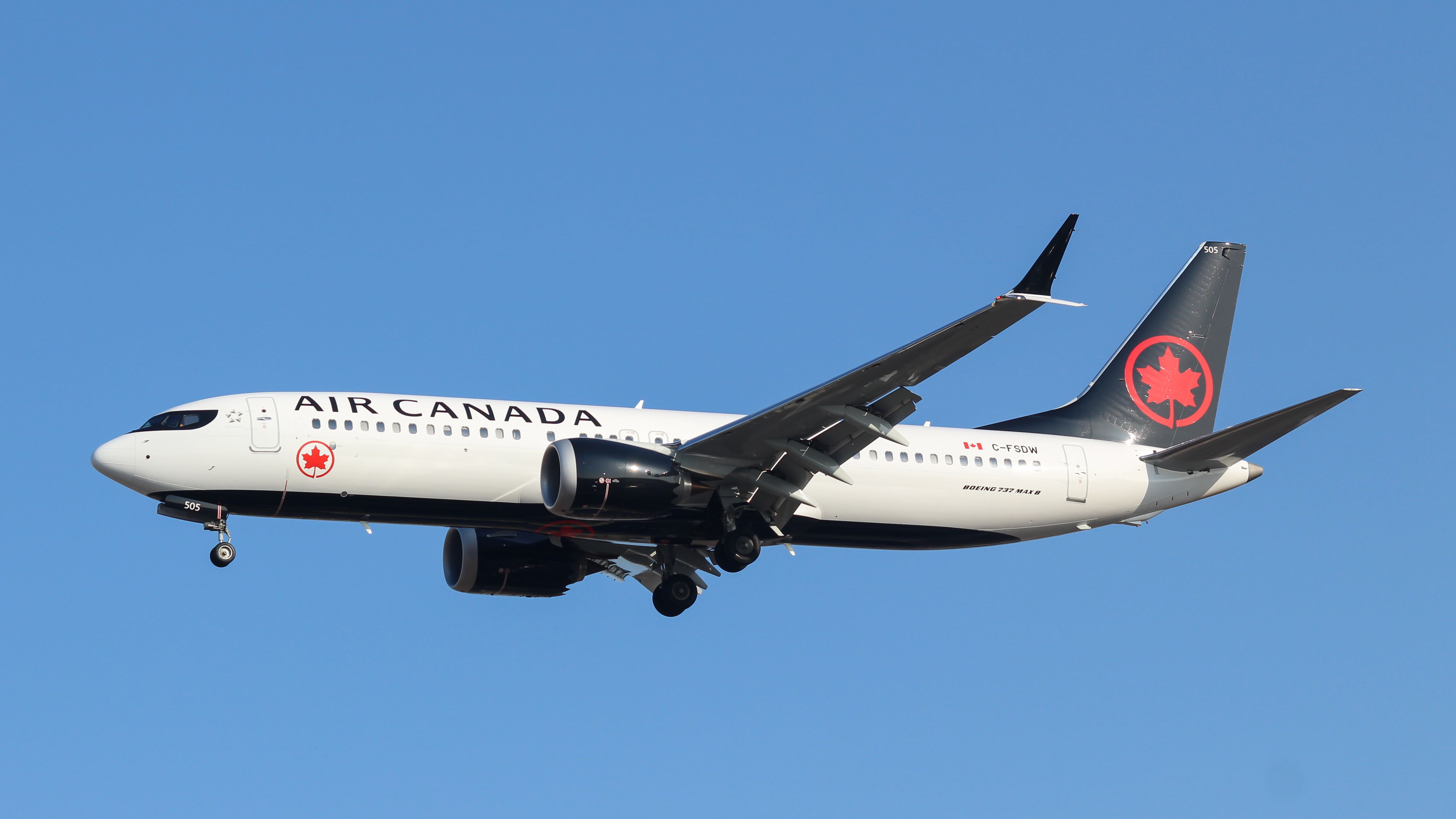When you think of the Boeing 737, one might jump to thinking about the popular 737-800NG or perhaps the new 737 MAX lineup. However, the 737 product line spans 22 variants, spanning over 55 years. From the -100 to MAX 10, here's a rundown of all the 737 passenger variants that Boeing has sold.
The first generation
The Boeing 737-100 first flew on April 9, 1967, and would start operating for Lufthansa in 1968. It could carry 85 passengers in two classes (12 in first and 73 in economy). It could fly 1,540 nautical miles (2,850 km).
This was followed by the bigger Boeing 737-200 later that year, which was built for airlines like United, who configured the larger aircraft with 102 seats. These included 14 first-class seats with a seat pitch of 38" and 88 in economy with 34" inches of pitch. This bigger aircraft had bigger fuel tanks and could fly 2,600 nautical miles (4,800 km).
There were two more versions of the original Boeing 737: the 737-200C and the 737-T43A. The former was a 'convertible version' that had a cargo door behind the main cockpit and could transport cargo as well as passengers. The latter was a military version. Boeing also offered a gravel kit for the aircraft, allowing it to land at airports that did not even have a concrete runway.
For all other aircraft comparisons from here, the passenger numbers are for two classes onboard instead of total seating capacity (all economy or exit limits).
Get the latest aviation news straight to your inbox: Sign up for our newsletters today.
The second generation ('Classic')
Boeing sparked interest with its new narrowbody, but airlines were still looking for more capacity and range to fly these planes further. The planemaker followed up with the second generation of the 737, aptly named the 737-300, -400, and -500. These later came to be known as the Boeing 737 Classic. Each aircraft had the following specs:
- Boeing 737-300 - 126 passengers to a range of 2,060 nautical miles
- Boeing 737-400 - 147 passengers to a range of 2,375 nautical miles
- Boeing 737-500 - 110 passengers to a range of around 2100 nautical miles
The Boeing 737-300 first flew on February 24, 1984. Because of how big the new engines were and how close the aircraft ran to the ground, Boeing decided to flatten the bottom of the engine in a 'hamster pouch' design. This design has remained on the 737 until this day, with the latest MAX iterations having a flat bottom. Since the fuselage remain largely untouched during this process, minus being stretched to accommodate more passengers, larger engines have been added using this unique layout.
The third generation
This generation of Boeing 737 aircraft is likely to be known to readers, as its the most popular and is widely in use around the world today.
There are six versions, four original aircraft, and two 'extended-range' variants. They are:
- Boeing 737-600 - 108 passengers to a range of 3,235 nautical miles (5,991 km).
- Boeing 737-700 - 128 passengers to a range of 3,010 nautical miles (5,570 km).
- Boeing 737-800 - The most famous and widely sold Boeing 737. It can carry 160 passengers to a range of 2,935 nautical miles (5,436 km)
- Boeing 737-900 - 177 passengers to a range of 2,950 nautical miles (5,460 km).
- Boeing 737-700ER - This aircraft had a range extension to 5,775 nautical miles (10,695 km). It had the same passenger capacity.
- Boeing 737-900ER - This aircraft had a range extension to 3,850 nautical miles (7,130 km). It had the same passenger capacity.
The third generation of the Boeing 737 was built in response to the rising tide of Airbus A320 aircraft, which had quickly come to be seen as a great alternative to the Boeing design. Boeing worked with major airline customers, like Southwest and United, to overhaul the original Boeing 737 Classic design (the previous generation).
There were also three military versions, the Boeing 737 AEW&C, C-40 Clipper, and the P-8 Poseidon. There are also several cargo variants of the Boeing 737-800, some by Boeing and more by independent companies and separately certified.
The fourth generation
The fourth generation, and likely final, is the Boeing 737 MAX lineup. The type became known for its two crashes soon as it entered service, resulting in a nearly two-year-long grounding by global regulators. Since then, the MAX is back in the sky, with operators across the world deploying their most efficient 737 variants to destinations globally, from domestic to even long-haul. There are four versions of the Boeing 737 MAX:
- Boeing 737 MAX 7 - 153 passengers in two classes to a range of 3,850 nautical miles / 7,130 km.
- Boeing 737 MAX 8 - Successor to the Boeing 737-800. 178 passengers to a range of 3,550 nautical miles / 6,570 km.
- Boeing 737 MAX 9 - 193 passengers in two classes to a range of 3,550 nautical miles / 6,570 km.
- Boeing 737 MAX 10 - The biggest Boeing 737 ever built, it can carry 204 passengers in two classes to a range of 3,300 nautical miles / 6,110 km.
Airlines have also worked with Boeing to create custom interiors for the MAX to accommodate maximum passengers. One example is the popular 737 MAX 8-200, flown by Ryanair and a few others, increasing the type's capacity to 200 passengers. Currently, Boeing is working to certify the MAX 7 and MAX 10, following which they will be inducted by eager customers.
55 years after its first flight, Boeing continues to produce new versions of the 737, showing the type's popularity and resilience. However, with the aging design having several drawbacks, many want to see what the American planemaker could bring in the future to replace the most successful aircraft lineup ever.
What do you think about the Boeing 737 lineup? Which type has been your favorite? Which one did you fly the most? Let us know in the comments!

